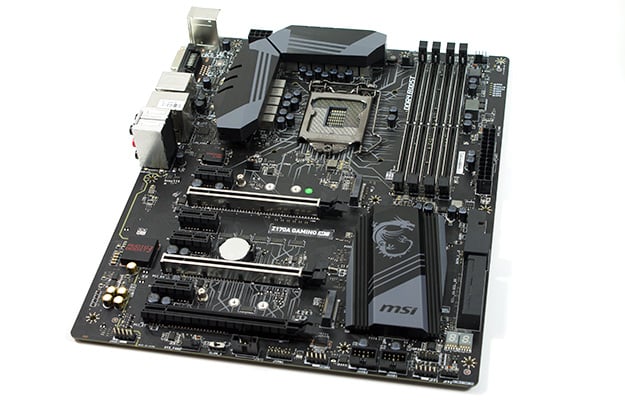Rivet Networks Killer E2500 Gigabit Ethernet For Gamers With Advanced QoS Tested
Gaming traffic is seldom constrained by bandwidth. Instead, game network quality lives and dies by round trip latency to and from the game server. A good portion of this latency is simply out of a user’s hands once the packets leave their local network and bounce around the open Internet. Often overlooked, however, are sources of lag within a system which can manifest as random ping spikes, or worse.
Traffic from Youtube, and most other streaming media, is highly intermittent with periods of high traffic until a sufficient buffer is established and then transmission halts until the buffer needs to be expanded. Thanks to the buffer, Youtube is not latency sensitive which allows it to not drown out other network traffic, provided sufficient bandwidth is available to build the buffer. Typically, the video resolution is dynamically adjusted to accommodate available bandwidth, but a certain resolution can be forced, if desired.
The most disruption is caused by sustained download traffic. We use BitTorrent to reliably simulate this, but other culprits include file downloads via a web browser, system telemetry, and operating system or application updates. Most network interfaces operate on a first-in, first-out basis. This means saturating throughput with downloads, BitTorrent or otherwise, will cause a game’s packets to get delayed through the interface’s outgoing queue. While not tested here, the same would hold true for incoming packets as well if seeding/uploading files at or near saturation. Killer’s ASD should shine here by allowing prioritized gaming packets to skip the line as much as possible.
Test Description:
Our test platform is, of course, built around MSI’s new Z170A GAMING M6 motherboard. We outfitted it out with an Intel Core i7-6700K processor, an EVGA GTX 970 4GB SSC, 16GB of DDR4 memory, and an Intel 520 Series 240GB SATA SSD. EVGA graciously provided us with their new LED-lit and fully modular 850W G2L power supply.
Testing was performed in Bangor, Maine where poor latency is a way of life. We are testing on a 15Mbps connection through Spectrum - formerly Time Warner Cable - with no other devices on the network. We chose a 15Mbps connection because it roughly reflects the national average for broadband speed in the U.S. Keep in mind, Killer prioritization does not prevent other devices from hogging bandwidth.
Our game selection consists of Counter-Strike: Global Offensive and League of Legends. These games are both popular, high-action multiplayer games with drastically different styles of play. More importantly, these two titles have consistent latencies under normal circumstances. Our methodology should be easily replicated with any online game where latency is reported.










